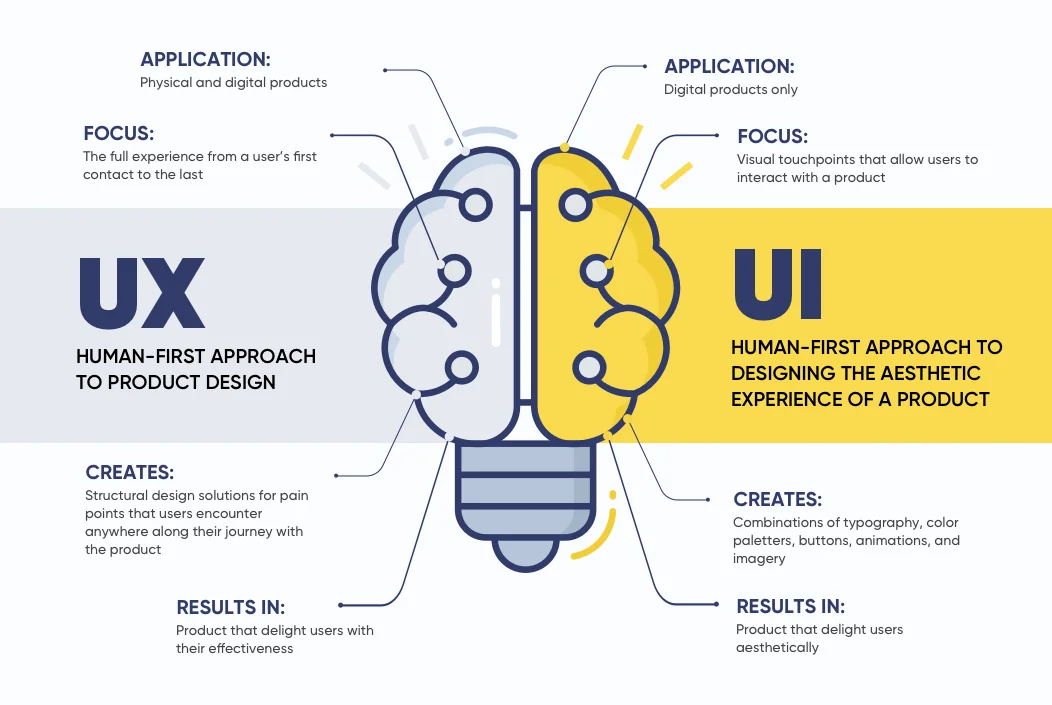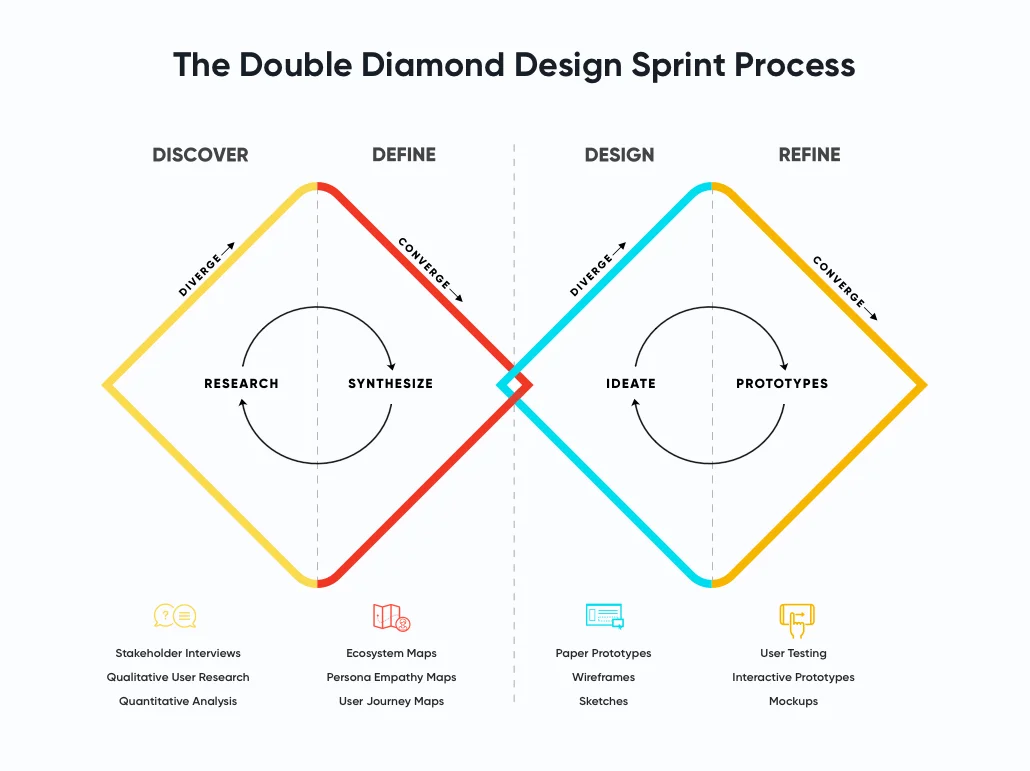Custom software is tailor-made software that is private and internal to a business. Market players such as Amazon, Blackberry, Google, and Microsoft support custom software to solve daily business problems and foster productivity.
Basecamp, the well-known commercial-off-the-shelf (COTS) software, was initially launched as custom software. Basecamp functioned as a web designing firm in 2003. At that time, the business was attempting to complete multiple projects simultaneously. However, cluttered project management led to miscommunication and late deliveries.

In the quest to solve the communication and project management problems, Basecamp tried a couple of COTS software solutions but they found that the current products had complicated UX and did not meet their requirements. Finally, Basecamp built its own custom software for project management. They deployed the custom built software internally, which led to increased productivity!
In 2004, Basecamp launched the software for everyone, and it turned into one of the best COTS software solutions for project management in the market.
Pretty interesting, right?
Custom software development could be the key to leapfrogging the competition. Explore this write-up to understand everything about custom software development in detail.
What is Custom Software?
Custom software or bespoke software is tailor-made software that fulfills the needs of a single customer or business organization. The software only addresses the needs of that particular business and is built from scratch by an in-house or outsourced team.
“Custom software development services is a $70 billion market that has been growing at 5% per year.”
Custom software is the opposite of commercial-off-the-shelf software (COTS). COTS is commonly built to serve a particular industry and solve common problems faced by that industry niche.
Businesses custom build software when no existing COTS software solves the existing business problem.
What are the Differences Between Custom Software and COTS?
Custom software solves the unique problems faced by a particular business. On the other hand, commercial off-the-shelf software (COTS) is available to everyone and is considered by businesses that aim to solve common business problems instantly.
Here is a detailed comparison chart that lists the differences between bespoke software and COTS:
| Custom Software | Commercial off-the-shelf |
|---|---|
| Solves a unique problem for a particular business | Solves common problems for a large audience spread across sectors and organizations |
| TOC is higher | Cost is based on plans (monthly or annually) |
| Software features are based on functional and business needs | Software features are predefined by the vendor |
| Better control over how the software feels, looks, and performs | Less control over what the software does and how it performs |
Why Choose Custom Software Development?
Custom software development is essential for businesses looking to solve unique problems specific to their business. Also, it gives complete control over the application (i.e., features, updates, configurations, cloud hosting, etc.).
Other reasons businesses may choose to invest in custom software are:
- The business has an out-of-the-box solution for the existing problem
- A business plans to license the software to other businesses in the future
- The software will help greatly to solve the core business problems and will thus contribute to the businesses’ secret sauce
- Long term TCO of build is less than the long-term TCO of buy
- Existing COTS may not support API integrations
- The cost of manual API integrations is high, or development and integration of business-specific APIs is required
- Available COTS solutions are not scalable
Factors to Consider When Building Custom Software
Consider the following factors when building a custom software solution:
- Deciding Between Build vs Buy
Before building custom software, the first thing is to decide between build vs buy. If a business can find a COTS solution that can solve the problem instantly, why would they waste efforts and money building it?
To make a well-informed decision around build vs buy, consider the following factors first:
- Is it unique or a common problem?
- What is the expected TOC of build vs TOC of buying?
- Do the existing COTS solutions offer API integrations?
- Is the business looking forward to achieving competitive advantage or competitive parity?
- Do the available COTS solutions offer scalability?
- Do the available COTS solutions match the feature requirements?
- Choice Between In-House Development and Outsourcing
If a business chooses to build custom software, deciding between in-house development and outsourcing is essential at an early stage.
In-house development is viable if a business is operating at an enterprise level and has an experienced development team at its end.
However, outsourcing is a good practice to follow when looking for cost savings. According to a Deloitte Report, 70% of businesses consider outsourcing as it leads to cost reductions.
An outsourced custom software development company can be helpful in many ways. Some of which include:
- Gain access to domain expertise
- Knowledge of market dynamics
- Presence of process discipline
- Access to the latest tech stack
- Good knowledge of DevOps
- Choice of Software Development Methodology
There are many software development methodologies to choose from (e.g., waterfall, Agile, FDD, Lean, etc.). It is a good practice to consider the pros and cons of each before making a decision.
Agile, however, is the most popular software development methodology for its incremental and iterative attributes. According to the 15th State of Agile Report, Agile adoption jumped from 37% in 2020 to 86% in 2021.
To help a business make an informed decision, here are the pros and cons for each of the prevalent software development methodologies:
Software Development Methodology Pros Cons 1. Waterfall - Requirements are mostly constant
- Easy management as development takes on the forward route
- Does not support iterative and incremental development
- Cannot handle changing requirements
2. Agile - Faster time to market
- Can easily manage changing requirements at any stage of development
- Kills silos as Agile teams work in cross-functional setups
- Scope creep as requirements can change invariably at any development stage
- Documentation is missing
- Agile anti-patterns can hamper team productivity
3. Lean - Quick minimum viable product (MVP) development within a limited budget
- Changes are well planned, which helps accelerate time to market
- The development team gets the freedom to make project-related decisions
- Does not support learning
- Business analysts are essential for the project’s success
- Offers a bot too much flexibility, which can lead to extended delivery time
4. Feature-Driven Development - Uses documentation for communication
- Follows a user-centric approach
- Flexible methodology as it accommodates an increase in size and scope of the project
- Does not promote shared ownership
- Lack of feature documentation
- Not practical for small scale development teams and projects
5. Rapid Application Development - Focuses on prototype development
- Reduces risk as users are involved from early on
- Promotes incremental development
- Ignores non-functional requirements
- Less control over the development process
- Lacks scalability
6. Spiral Model - Can accommodate changing requirements
- Focuses on developing prototypes
- Customer feedback is an active part of the development cycle
- Can be expensive for small-scale projects
- Risk of unmet budgets and timelines
- Extensive documentation is required
7. Scaled Agile Framework (SAFe) - Suitable for large-scale projects at an enterprise level
- The frequency of bugs is reduced
- Offers faster time to market, better productivity and quality, and increased employee engagement
- Follows some aggressive standards and protocols
- Not suitable for small organizations working on small-scale projects
- Follows a top-down approach, so the different team members do not get the liberty to make critical decisions
- Creating Wonderful User Experience
Custom software’s design should be top-notch with respect to intuitiveness, user-friendliness, navigation, findability and discoverability, and usability.
This is possible when the best UI/UX design practices are followed when designing the software.

Custom Software Development Process
The step-by-step process to build a custom software includes:
- Ideation
At this stage of custom software development, the business needs to define the problems they are facing and the corresponding ideas to address those problems.
It is essential to be clear about:
- How will the software help improve productivity?
- How will it be different from existing COTS solutions?
- Requirements Analysis
Forming clear requirements is an essential part of custom software development. The requirements analysis should focus on stating the business and the functional requirements clearly and concisely. Following the analysis in this stage, the software requirements will be finalized.
The primary characteristics of a software requirement include:
- Concise: The requirement along with its intent should be described in clear and direct language
- Consistent: Should not contradict any other requirement
- Complete: Should express the value proposition of the requirement. For instance, Agile uses user stories to explain the feature requirement. The format of defining a user story is — As a [role], I want [goal] so that [benefit].
- Correct: Should be technically feasible to build
- Verifiable: Should be possible to identify it
- Design
The design team builds a prototype to validate the look and feel of the software. The design is then presented to the business stakeholders, who can then approve or disapprove of the design and suggest changes.

- Coding The software engineer team then moves ahead with writing the code. The focus of the developers is to write clear, concise, and understandable code to reduce technical debt and simplify code refactoring at later stages.
- Testing The testing team performs various software testing techniques (manual and automated) to verify that the software product performs as intended. The bugs, if any, are reported back to the developers so that they can rework them.
- Deployment The operations team works to deploy the software across the organization. If an organization supports its own data center, the software is housed there. If not, a cloud hosting provider (e.g., Amazon AWS, Azure, Google Cloud Platform) is rented for deploying the software.
- Maintenance The software product must be maintained from time to time for updates, bugs, and feature additions. The custom software development team is committed to continuously improving the software, which ultimately determines the long-term success of the software.
What are the Advantages of Building Custom Software?
The top benefits of custom software development include:
- Better Control: The business will have complete control over choosing the software project features, its updates, and availability
- Reduced Long-Term TOC: Though the first-time investment is higher, the long-term cost of ownership reduces since licensing and support cost increases can be avoided
- Competitive Advantage: If the software solves a unique problem for a business, it can be further licensed to other organizations. This can make them a market leader in that domain
- Legacy Software Modernization: Custom software development can help modernize existing legacy software systems to integrate the latest digital transformation trends
Custom Software Development: Use Cases
Here are example use cases for custom software development in different industries:
| Industry | Custom Software Examples |
|---|---|
| 1. Digital Commerce |
|
| 2. Healthcare |
|
| 3. EdTech |
|
| 4. Corporate |
|
Explore Work Section for Insight into Our Custom Software Development Projects
Custom Software Development: Best Practices
The best practices for developing custom software include:
- Conduct a cost-benefit analysis at an early stage. That is, will it be beneficial to develop software with respect to the expenditure it will incur?
- Ensure that there are no COTS solutions available that match the desired requirements set
- Be clear about the requirements from early on. That is, what problem will the software solve, and how it will be a unique solution to the business problems
- Choose a custom software development partner wisely. Look for testimonials, reviews, case studies, and arrange a call to understand their development process
- When outsourcing custom software development, knowing where to outsource is an essential step. For example, will the outsourcing be nearshored, onshored, offshored, insourced, or homeshored?
- Consider staff augmentation a go-to option if there is an existing dedicated team but are facing temporary staffing issues
- Make early decisions around hosting the custom software. That is, will it be hosted on-premise or on a public cloud such as Amazon AWS, Azure, GCP, etc.
- Document the entire process for managing future needs
- Look after the training needs and arrange product usage learning sessions for all the users
- Use the latest technology stack for custom software development that offers sustainability and scalability
- Always ensure that a proof of concept (PoC) is in place whenever building on a new and untried idea
- It is a good practice to build an MVP and launch it before the fully-fledged product
- Also, do not miss out on creating a mobile app for the custom software
FAQs Related to Custom Software Development
1. When Should a Business Invest in Building Custom Software?
A business should invest in building custom software when the:
- The software solves a problem intrinsic to the business operations
- Idea holds the potential to disrupt the market
- Business aims to gain a competitive advantage
- Idea contributes to the secret sauce
- The software complements the businesses’ blue sky thinking
2. What is a Hybrid Model in Custom Software Development?
A hybrid model simply implies choosing both COTS and custom software as the tech stack at an organization. The strategy should be to buy COTS software that matches 70-80% of the requirements and develop custom software for requirements that aren’t available in existing COTS software.
3. What are the Cost Factors Involved in Building Custom Software?
The different cost factors for building custom software include:
- Software development team
- Licensing
- Cloud-based infrastructure
- User and admin support
- Cybersecurity
- Software Maintenance
- Patches and upgrades
4. How Much Time Does it Take to Deliver Custom Software?
According to the GoodFirms survey, the average time for custom software development is around 4-5 months. However, the timeline can extend further based on the project requirements and its scope.
5. How Much Does Custom Software Development Cost?
According to the GoodFirms survey, the average cost of building custom software with a minimal viable feature set comes in around USD 36000. Some businesses offer maintenance and support included in the original quoted price, while others may have a distinctive pricing plan based on the services provided.
Conclusion
Custom software development involves creating tailor-made software for only one customer. This software supports a unique set of requirements that serves the needs of the business developing the software. Unlike COTS, custom software is a common software solution available to all.
This is a comprehensive piece on custom software development that discusses each aspect related to the corresponding development strategy. Choosing custom software development can be a big strategic step for a business. However, when to go for custom software development instead of choosing a COTS solution should be crystal clear. For example, a business may choose custom software development when:
- No COTS solution matches the business and functional requirements
- The custom software will contribute to the businesses’ secret sauce
- The idea is unique, supports a PoC, and addresses the pain points
SHARE THIS POST
Table of Contents

